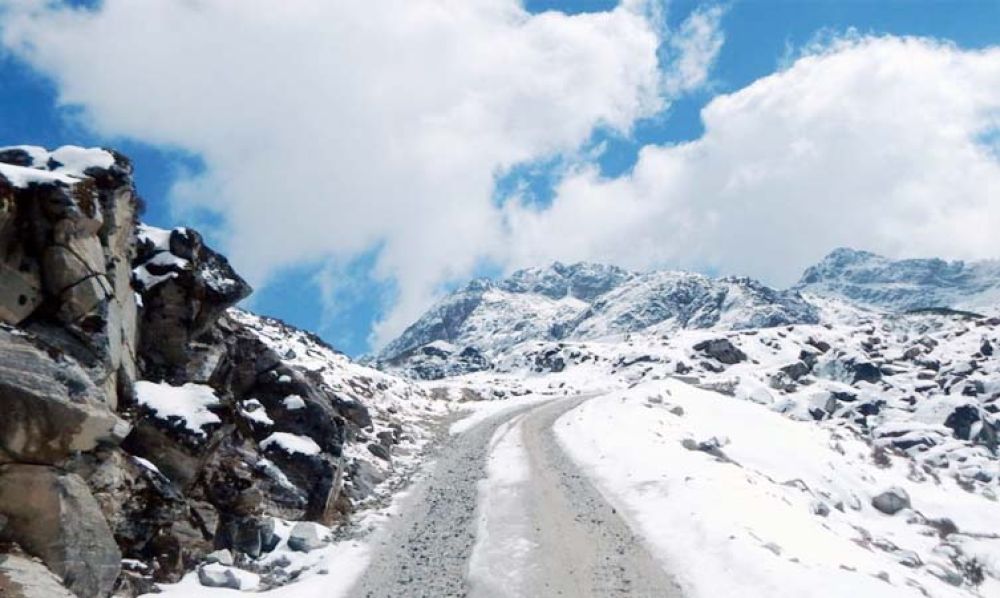

Sela Pass, a high-altitude mountain pass situated at an elevation of about 13,700 ft above sea level, is a spectacular gateway to Tawang in Arunachal Pradesh, India. This majestic pass is known for its breathtaking landscapes and challenging terrain, making it a significant landmark in the eastern Himalayas. Rich in natural beauty, the Sela Pass is both a popular tourist spot and a site of spiritual significance, as it is believed to be home to a hundred lakes, many of which are considered sacred by the local Buddhist community.
The history of tourism in Sela Pass is closely tied to the broader history of Tawang. The area has long been a place of pilgrimage due to its myriad of holy lakes and the nearby Tawang Monastery, one of the largest monasteries in India. However, organized tourism is a relatively recent phenomenon, having started to gain momentum following India's improved relations with the northeastern states.
In the early days, the region was less accessible to tourists due to stringent permit requirements and the sensitive nature of the state being at the line of actual control between India and China. However, tourism began to flourish with improved infrastructure, development of roads, and the easing of Inner Line Permit (ILP) regulations, inviting both domestic and international travelers.
The current phase of tourism in Sela Pass has seen the development of new amenities such as modest accommodations and eateries to cater to travelers. The tourism industry here has adopted a sustainable approach, with an emphasis on eco-tourism and cultural exchanges.
Latest tourism trends in Sela Pass include adventure tourism such as trekking, biking, and motorcycle tours, owing to the challenging terrain of the eastern Himalayas. Moreover, the winter season introduces another dimension of tourism, ice skating on the frozen Sela Lake being a key attraction.
Visitors come to Sela Pass not just for its natural beauty but also to experience the rich cultural heritage of the Monpa tribe who inhabit the region. The tourism in the area is further boosted during colorful Buddhist festivals like Losar and Torgya, which draw many cultural enthusiasts.
The future of tourism at Sela Pass is optimistic, with plans to enhance visitor facilities and preserve the natural and cultural environment of the area. With continuous improvements in road connectivity and tourist services, an increasing number of visitors can enjoy the enchanting allure of Sela Pass while contributing to the local economy.